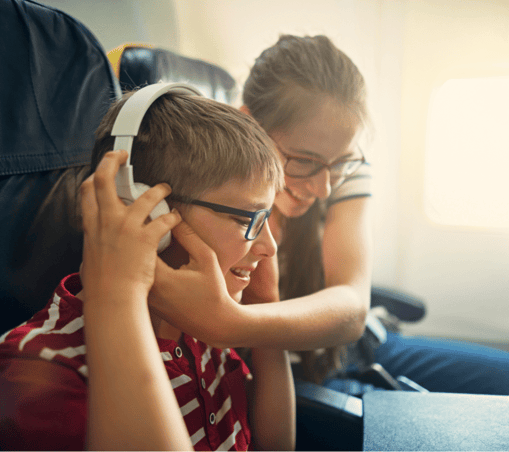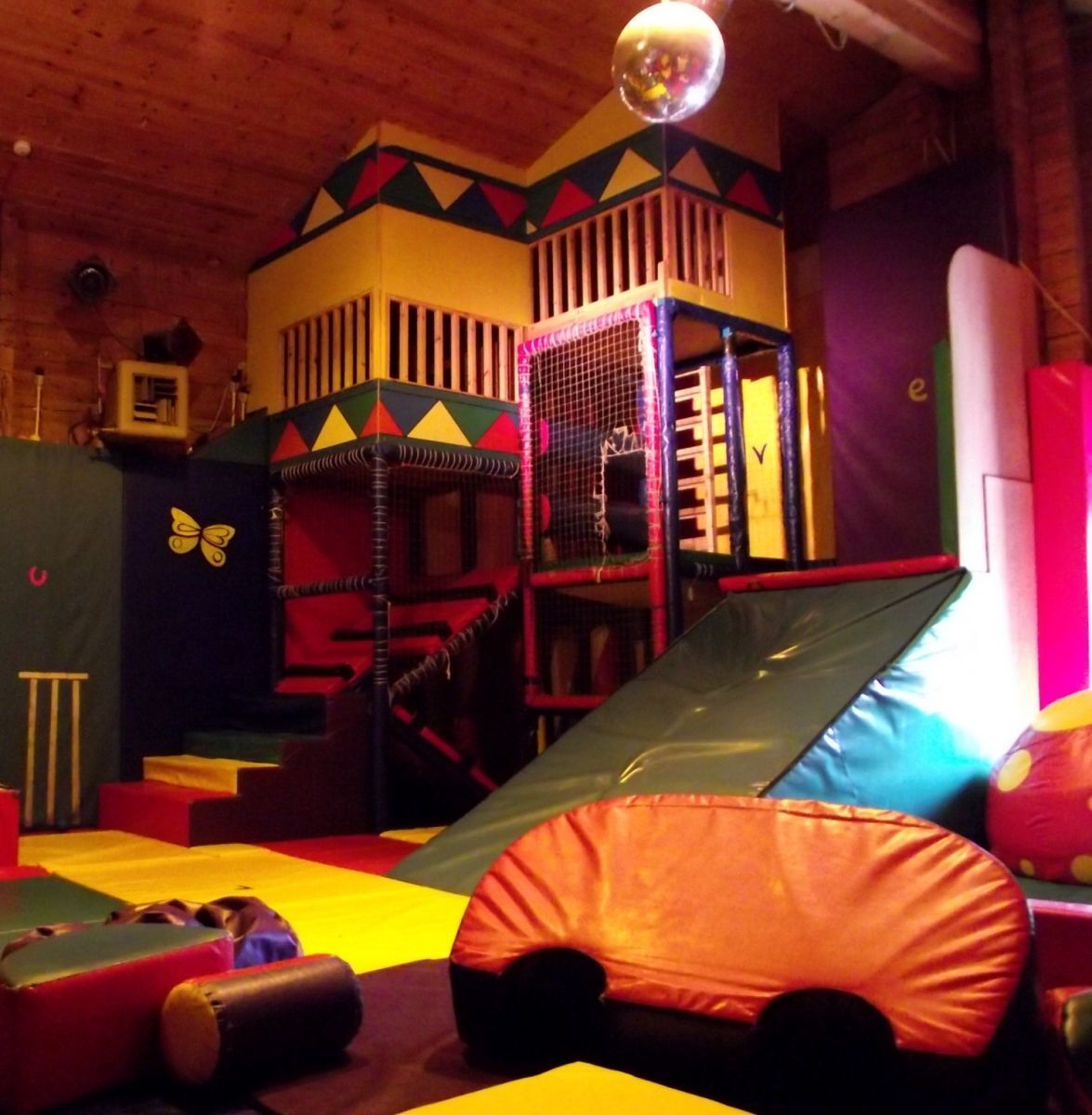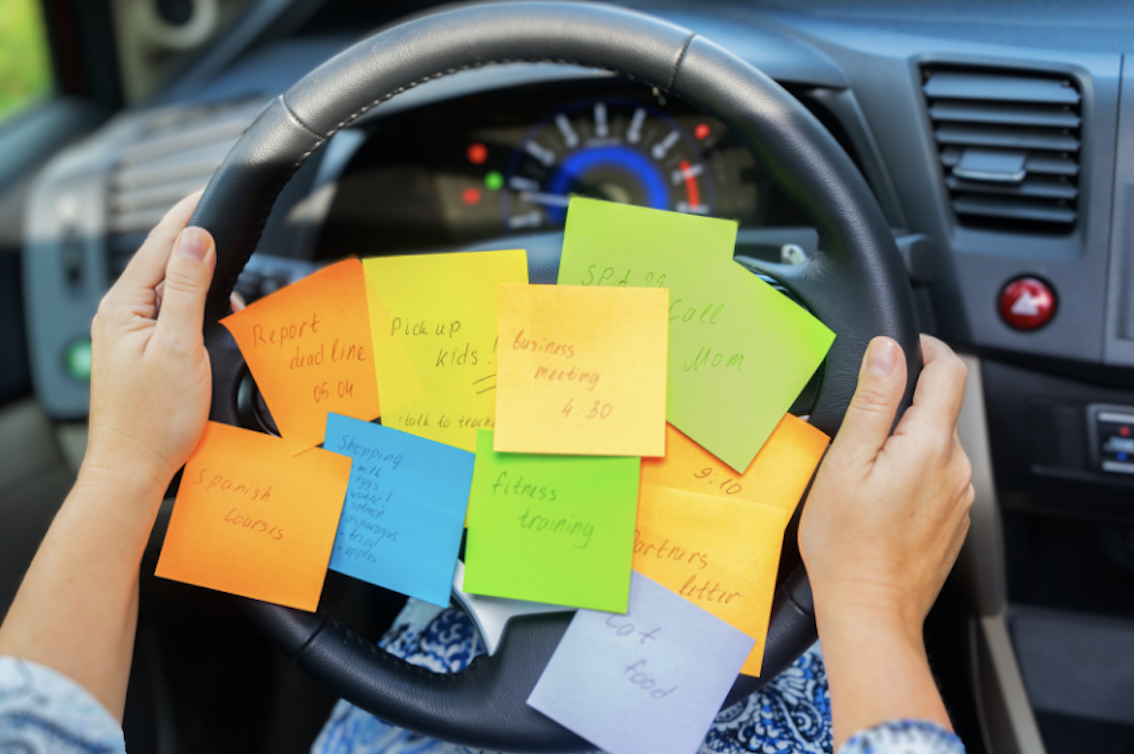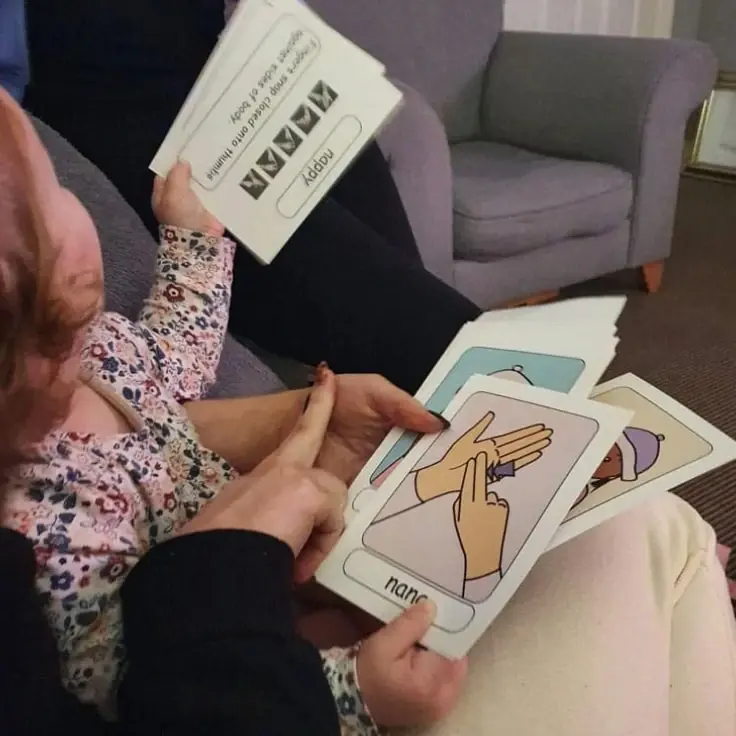So, you’ve booked the tickets. The countdown is on, the group chat is full of sunshine emojis, and you’re about to enter the world of packing lists, travel snacks and “how-many-pairs-of-shoes-do-we-really-need” negotiations.
Travelling with a child who has special educational needs and disabilities (SEND) comes with extra considerations. That does not mean it has to be stressful. With some thoughtful planning and a few smart strategies, it really is possible to enjoy the journey as much as the destination.
Here are practical, parent-tested tips to help make your holiday smoother and more enjoyable, whether you’re staying local or heading abroad.
1. Book Your Travel Like a Pro
 Contact your travel provider
Contact your travel provider
Call ahead to request assistance. Airlines, train operators and ferry services may offer priority boarding, shorter queues or help with transfers. You usually need to arrange this in advance.
Choose your seats early
Whether you’re flying, taking the train or booking a ferry, try to book seats in advance. Request seats near the front, close to toilets or in quieter carriages where possible.
Use the sunflower lanyard scheme
Most UK airports and some travel hubs recognise the Hidden Disabilities sunflower lanyard. It subtly signals that your child may need more time, support or space. Staff are often trained to assist without drawing attention. Sunflower Lanyard
2. Prep Your Documents (Not Just the Passports)
Alongside your travel documents, consider bringing:
A copy of your child’s EHCP summary or diagnosis
A GP letter if you’re travelling with medication
A short ‘All About Me’ sheet that outlines key needs, triggers and helpful strategies
Keep digital copies on your phone too, just in case. When you subscribe to SEND EDventures, you will receive a printable ‘All About Me’ sheet to help you get started.
3. Travelling with a Long-Term Health Condition
 If your child has a long-term condition such as epilepsy, asthma, diabetes or a cardiac issue, there is no reason they cannot travel and enjoy a change of scene. With a little forward planning, you can make sure everything is in place for a safe and comfortable trip. Speak to your GP or consultant before you go to confirm that travel is suitable for your child, check medication requirements and request any supporting documents you might need.
If your child has a long-term condition such as epilepsy, asthma, diabetes or a cardiac issue, there is no reason they cannot travel and enjoy a change of scene. With a little forward planning, you can make sure everything is in place for a safe and comfortable trip. Speak to your GP or consultant before you go to confirm that travel is suitable for your child, check medication requirements and request any supporting documents you might need.
It is also helpful to find out where the nearest pharmacy or urgent care service is at your destination. Having those details to hand gives you confidence and allows you to relax, knowing you are well prepared.
4. Call the Hotel Ahead of Time
A quick call can save you a lot of stress on arrival.
Ask about:
Step-free access and lift availability
Fridges for medication or preferred food
Quieter rooms, away from entertainment or high-traffic areas
Their flexibility in allowing comfort items, such as your own bedding
5. Make Self-Catering Work for You
 Self-catering accommodation can offer far more flexibility than hotels, especially when it comes to food, routine and space. Having your own kitchen means you can stick to familiar meals, avoid busy dining rooms and eat at times that suit your child.
Self-catering accommodation can offer far more flexibility than hotels, especially when it comes to food, routine and space. Having your own kitchen means you can stick to familiar meals, avoid busy dining rooms and eat at times that suit your child.
Before you travel, consider:
Ordering from an online grocery shop to arrive the same day you do
Bringing familiar brands of snacks or cereals, especially if your child has sensory preferences or allergies
Pre-preparing or freezing meals to reheat once you’re there
Checking whether the kitchen has a microwave, kettle and fridge, and asking for any extras in advance
A quiet meal in pyjamas can be just as special as any restaurant dinner and often a lot less stressful.
6. Plan with Pictures and Prep Tools
Many children feel more comfortable when they know what to expect.
Use visual timetables, social stories or even videos of your destination. Some airlines, airports and attractions offer a sensory guide online. Many are available for free download.
You can also create a simple schedule using pictures or symbols for key parts of the day.
For example: “wake up, breakfast, airport, flight, tablet time.”
7. Pack Your Carry-On Survival Kit
 Your hand luggage should contain everything that helps your child regulate, relax or feel secure during travel.
Your hand luggage should contain everything that helps your child regulate, relax or feel secure during travel.
Consider including:
Familiar comfort items, even if that means a slightly worn blanket or their own pillow
Noise-cancelling headphones or ear defenders
Fidget toys or chewable jewellery
A change of clothes, wipes and a plastic bag
Favourite snacks and a refillable water bottle
iPad or tablet with downloaded content
8. Pack Spares of the Essentials
When it comes to medication, medical equipment or sensory aids, it is always better to pack a double supply. Bring spare inhalers, hearing-aid batteries, epilepsy medication, EpiPens or any other items your child relies on regularly. You might be able to get replacements at your destination, but do you really want to spend part of your holiday searching for a pharmacy that stocks the exact size of tubing, charger or prescription brand your child is accustomed to?
Even for UK trips, it is worth keeping an emergency kit in your bag in case something gets lost, runs out or stops working sooner than expected.
9. Dress Smart (and Pack Extras)
Everyone copes better when they’re dressed comfortably. Choose breathable, non-irritating clothes for both you and your child. Avoid anything that might become itchy, restrictive or too hot.
If your child is sensitive to temperature changes or prone to spills, consider carrying an extra outfit for them and one for yourself, if space allows. Hot and flustered is not the best version of anyone.
10. Allow More Time Than You Think You’ll Need
Plan to arrive early and allow time between activities. Moving through busy places, waiting in queues and navigating unfamiliar routines can take longer than expected.
Having time in hand avoids unnecessary stress for everyone. Build in breaks, keep snacks handy and give yourself permission to slow down.
11. Be Flexible About the Plan
Even with the best preparation, some things may not go as planned. If your child doesn’t manage a particular activity or needs to leave early, that’s okay.
Some days might be lower-key than others, and that’s still a win. One calm visit to the beach can be just as memorable as a jam-packed itinerary.
12. Choose SEND-Friendly Destinations
Many UK attractions now offer sensory maps, quiet hours or trained staff. Check their websites in advance. If you’re going abroad, look for forums or travel blogs where other SEND parents have shared experiences and recommendations.
Picking places that understand your child’s needs means fewer explanations and a much more relaxing time for everyone.
13. Bring the Familiar
New places can feel overwhelming, so bring the familiar with you. Whether it’s the toothpaste your child prefers, the pillowcase they sleep best with or the bedtime book they know by heart, small comforts can make a big difference.
A portable blackout blind, a white-noise app or preferred pyjamas might be the key to helping them settle more easily in an unfamiliar setting.
Planning a trip with a child with SEND may require a bit more preparation, but with some forward thinking, we are confident that your holiday will be empowering, exciting and genuinely enjoyable. You don’t need to follow anyone else’s version of the perfect break.
The moments that count are often the quietest ones. The first calm breakfast in a new kitchen. The five minutes your child manages on the sand. The bedtime story after a long day. These are real successes, and they are worth holding onto.
For more support during the break, take a look at The Reality of Summer Holidays. It’s full of practical tips and honest insights to help you feel more prepared and understood.
Disclaimer: The information in this article is provided for general interest and should not be considered medical, therapeutic or educational advice. Families are encouraged to seek support from qualified professionals regarding individual needs or concerns.






